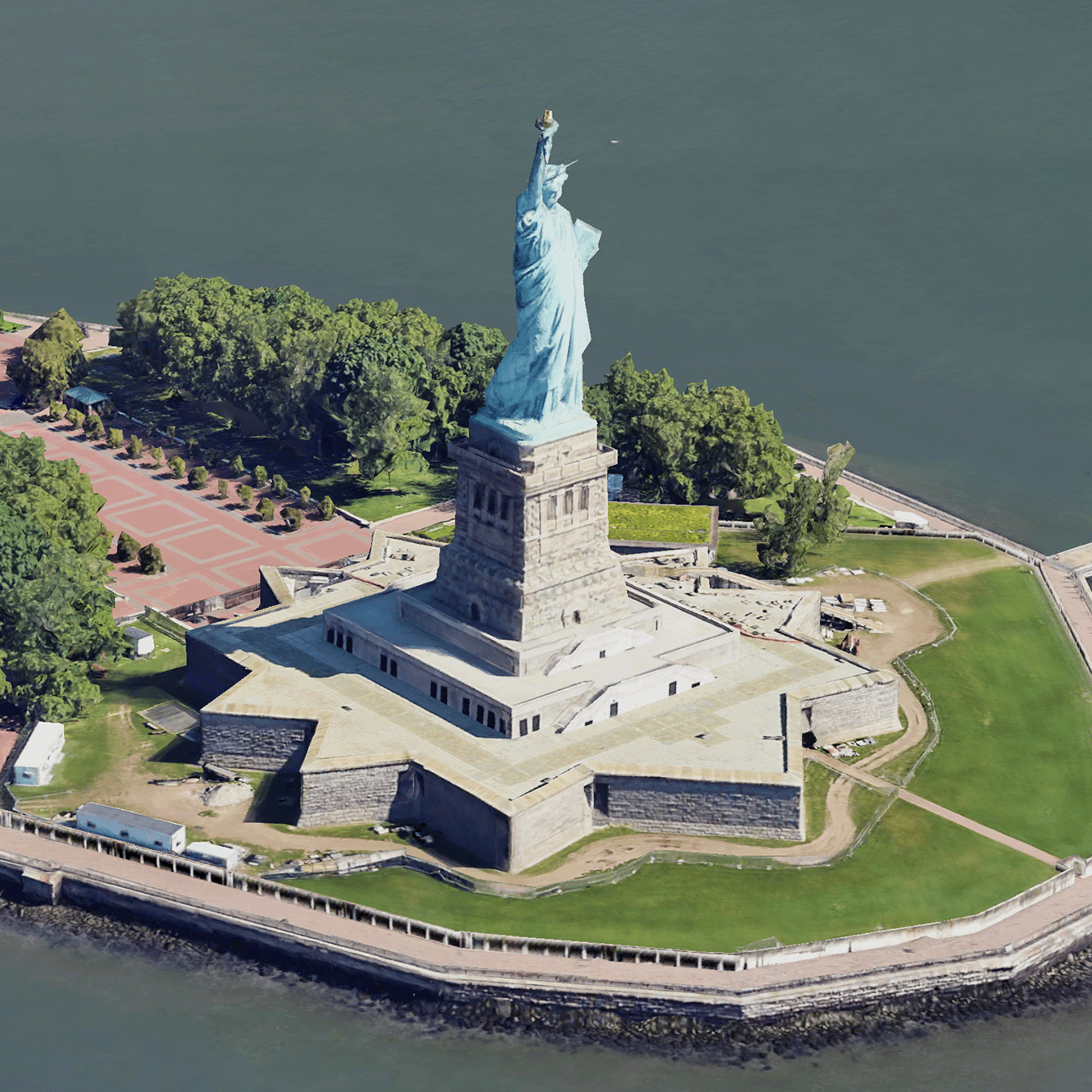AI-generated Key Takeaways
-
Photorealistic 3D Tiles are map tiles containing Google's 3D geodata in the OGC 3D Tiles format, allowing rendering with your own or open source 3D Tiles renderers.
-
3D Tiles empowers next-generation visualization, enabling stunning 3D perspective views for enhanced geographic context, navigation, and storytelling.
-
Google's 3D Tiles offer coverage detailed in the Map Tiles API documentation, with regular updates and imagery additions.
-
Explore 3D solutions like the 3D Area Explorer for detailed virtual exploration and 3D Storytelling for immersive narratives using Photorealistic 3D Tiles on the Google Maps Platform Architecture Center.
 Photorealistic 3D Tiles are map tiles that contain Google's 3D
geodata in the
OGC 3D Tiles format.
You can render Google's 3D maps with your own 3D Tiles renderer, or you can use
an open source library for 3D geospatial visualization.
Photorealistic 3D Tiles are map tiles that contain Google's 3D
geodata in the
OGC 3D Tiles format.
You can render Google's 3D maps with your own 3D Tiles renderer, or you can use
an open source library for 3D geospatial visualization.
Why use 3D Tiles?
Google offers 3D Tiles for next-generation visualization use cases. You can use 3D Tiles to build stunning 3D perspective views, just as you can with Google Earth. These views help your users better understand geographic context, improve how they navigate, and they can showcase a place for storytelling. Using a renderer of your choice, you can also smoothly maneuver your camera through a scene to view it from different angles.
Coverage areas
Review the Map Tiles API's coverage. Google regularly updates and adds imagery.
3D solutions
The Google Maps Platform Architecture Center contains examples of 3D solutions that you can examine to get started with your app:
3D Area Explorer: Lets you explore neighborhoods and areas virtually and in 3D with a high degree of visual detail.
3D Storytelling: Bridges storytelling and mapping, enabling creators to craft immersive and interactive narratives using Photorealistic 3D Tiles.
